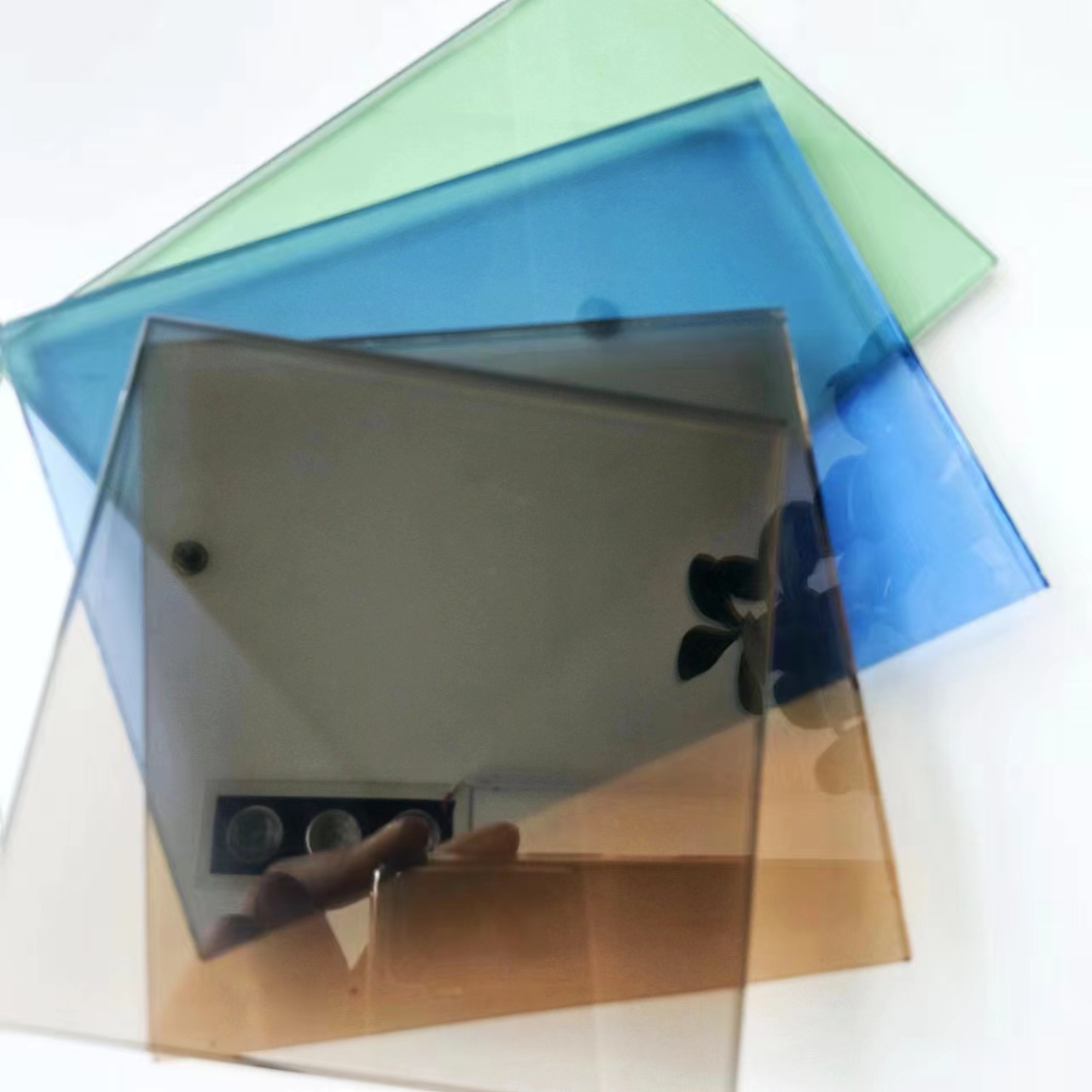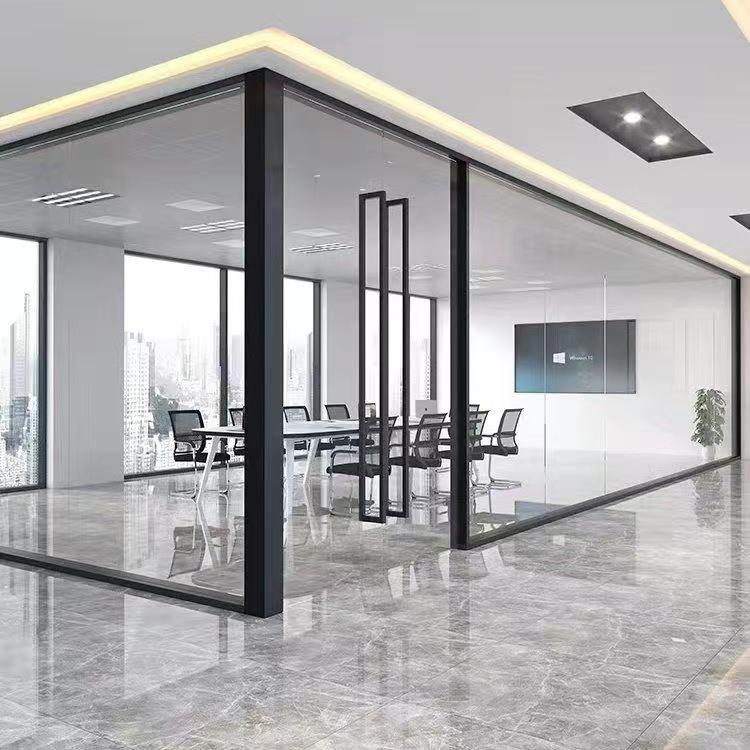 Glass was first born in Egypt, appeared and used, and has a history of more than 4,000 years. Commercial glass began to appear in the 12th century AD. Since then, with the development of industrialization, glass has gradually become an indispensable material in daily life, and the use of indoor glass is also increasing. various. In the 18th century, in order to meet the needs of making telescopes, optical glass was produced. In 1874, flat glass was first produced in Belgium. In 1906, the United States produced a flat glass induction machine. Since then, with the industrialization and scale of glass production, glasses with various uses and performances have come out one after another. In modern times, glass has become an important material in daily life, production and science and technology.
Glass was first born in Egypt, appeared and used, and has a history of more than 4,000 years. Commercial glass began to appear in the 12th century AD. Since then, with the development of industrialization, glass has gradually become an indispensable material in daily life, and the use of indoor glass is also increasing. various. In the 18th century, in order to meet the needs of making telescopes, optical glass was produced. In 1874, flat glass was first produced in Belgium. In 1906, the United States produced a flat glass induction machine. Since then, with the industrialization and scale of glass production, glasses with various uses and performances have come out one after another. In modern times, glass has become an important material in daily life, production and science and technology.
More than 3,000 years ago, a European Phoenician merchant ship was loaded with crystal mineral “natural soda” and sailed on the Beluth River along the Mediterranean Sea. Due to the low tide of the sea, the merchant ship ran aground, so the crew boarded the beach one after another. Some crew members also brought a big pot and firewood, and used a few pieces of “natural soda” as a support for the big pot to cook on the beach.
 When the crew finished their meal, the tide began to rise. When they were about to pack up and board the ship to continue sailing, someone suddenly shouted: “Everyone, come and see, there are some crystal bright and shining things on the sand under the pot!”
When the crew finished their meal, the tide began to rise. When they were about to pack up and board the ship to continue sailing, someone suddenly shouted: “Everyone, come and see, there are some crystal bright and shining things on the sand under the pot!”
The crew took these shining things to the ship and studied them carefully. They found that some quartz sand and melted natural soda were stuck to these shiny things. It turns out that these shiny things are the natural soda they used to make the pots when they were cooking. Under the action of the flame, they chemically reacted with the quartz sand on the beach. This is the earliest glass. Later, the Phoenicians combined quartz sand and natural soda, and then melted them in a special furnace to make glass balls, which made the Phoenicians make a fortune.
Around the 4th century, the ancient Romans began to apply glass to doors and windows. By 1291, Italy’s glass manufacturing technology had been very developed.
In this way, Italian glass craftsmen were sent to an isolated island to produce glass, and they were not allowed to leave the island during their lives.
In 1688, a man named Nuff invented the process of making large pieces of glass, and since then, glass has become a common item.
For hundreds of years, people have believed that glass is green and cannot be changed. It was later found that the green color comes from a small amount of iron in the raw material, and the compound of ferrous iron makes the glass appear green. After adding manganese dioxide, the original divalent iron turns into trivalent iron and turns yellow, while tetravalent manganese is reduced to trivalent manganese and turns purple. Optically, yellow and purple can complement each other to a certain extent. When they are mixed together to form white light, the glass will not have a color cast. However, after several years, the trivalent manganese will continue to be oxidized by the air, and the yellow color will gradually increase, so the window glass of those ancient houses will be slightly yellow.
Post time: May-11-2023













